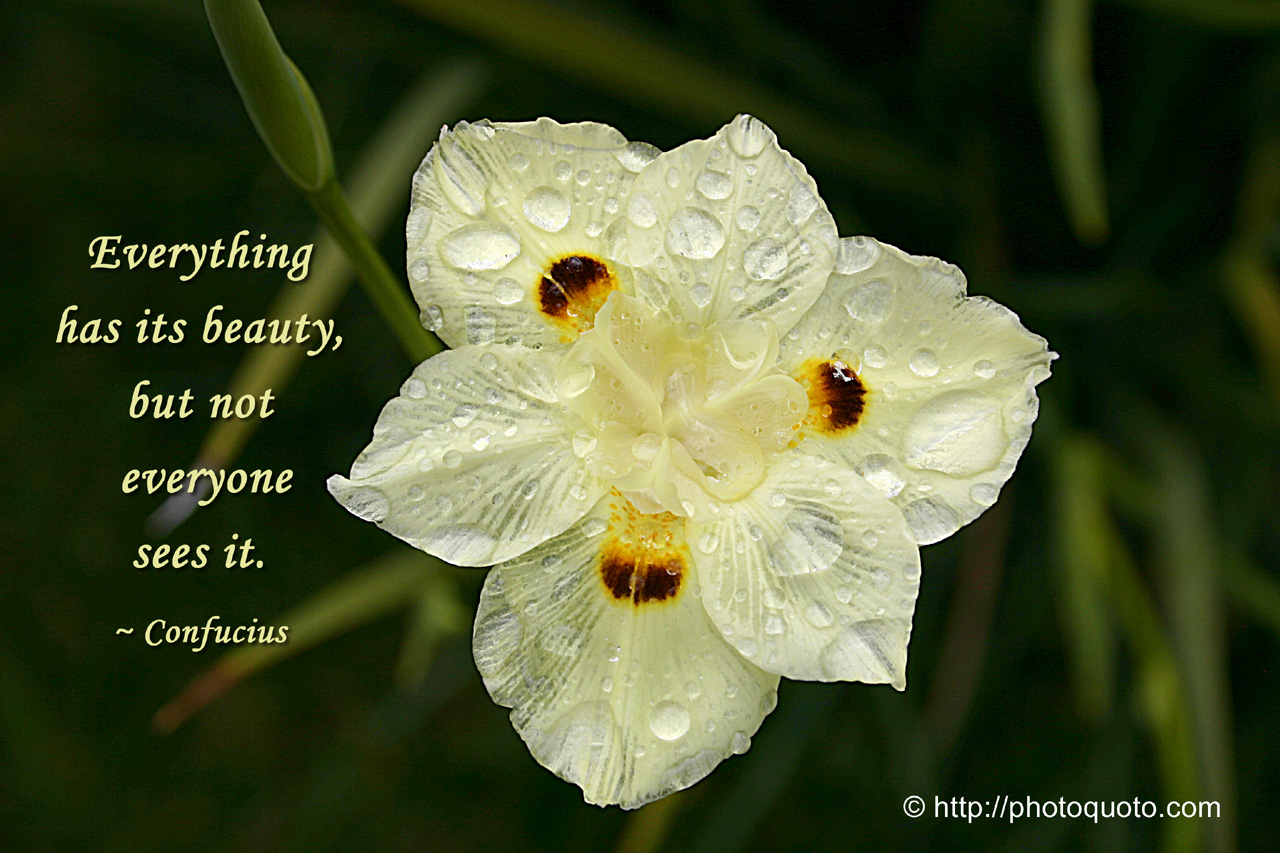
“With watershed development, farm yield has improved. “Thirty kms from Ralegan Siddhi is Hiware Bazar village, which was inspired by the model but went a step ahead and also started water audits,” said Rishiraj Gosaki, a senior geologist with the government’s groundwater department.Įvery year, village heads at Hiware Bazar budget the water collected for irrigation and consumption, and decide the crop pattern farmers will follow through the year - the latter a lesson they learned from Hazare’s village.įarmers in Ralegan Siddhi don’t grow sugarcane - a water-guzzling crop often blamed for Maharashtra’s drought - but millet varieties, maize and vegetables that require less water. Within a decade of the project taking off, neighbouring villages started implementing various versions of Anna’s model. “We get Anna’s water and I operate the washing machine at least five times a week,” said Swati Bhalekar, who lives in a brightly painted house, a washing machine at its entrance. Most people in Ralegan Siddhi live in concrete houses.

“I make money from my farmland and also from the milk my cows produce.” But that was before ‘Anna’s water’ started flowing into irrigation wells and household taps. He inherited this land from his parents, but recalls it being barren for a good part of his childhood. This was the second harvest of the year and Authi said he expected to make 35,000 rupees ($524.27) from the yield. Wearing sunglasses, Dhondiba Ethoba Authi, 74, sat cross-legged on his one-hectare farmland, next to a pile of harvested millet, keeping a watch on his grazing cattle. “The model shows how changed human behaviour can be linked to how we manage our natural resources.” “The Ralegan Siddhi watershed model is intuitive, organic and is rooted in compassion and empathy, not as much in science,” said groundwater expert Himanshu Kulkarni, who heads a non-profit that deals with groundwater research and education. Women don’t have to trek long distances for water, which is supplied through taps in all households once every two days, then stored in big, bright-blue cans. The number of wells used for irrigating farmland has gone up to 135 from 35, and cultivable land has doubled to about 1,000 acres (404.7 hectares). Over the years, the groundwater level went up to a few feet below ground from about 200 to 250 feet (61-76 m) earlier, according to Thakaram Raut, former headmaster of the village school, who now oversees water conservation training. “Rain is the only source of water here and we don’t waste it,” Shaikh, the guide, told the Thomson Reuters Foundation. The drought project was his first step into activism.īarriers were erected on Ralegan Siddhi’s slopes to stop rainwater run-off which was collected in an intricate network, channelled to a giant well, then pumped into streams that fed farmlands. In the years to come, Hazare emerged as a rural development mascot and the face of a massive anti-corruption crusade. Ralegan Siddhi’s water sufficiency dates back to another drought in 1972 when social activist Anna Hazare started a project that would insulate the village from dry spells.


Nearly 24,000 farmers committed suicide in India in 20. This tiny village - with a population of 2,500 and spread over 900 hectares (2,224 acres) - is located in Ahmednagar district, where the average annual rainfall is about 500 mm (19.7 inches), the lowest among all districts of Maharashtra, according to weather officials.īut Ralegan Siddhi has remained water sufficient for four decades, even in the severe droughts of 20 that triggered nearly 7,000 farmer suicides in Maharashtra - the highest in the country - over crop failure and mounting debts. RALEGAN SIDDHI, India (Thomson Reuters Foundation) - On a hot, dry afternoon at Ralegan Siddhi in India’s western state of Maharashtra, Ansar Shaikh climbed effortlessly to a hill top and pointed at the vast expanse of farmland all around.Ī local guide, Shaikh uses the summit as a viewing gallery to showcase not the village’s idyllic setting, but the trenches and stone barriers on the hill’s slopes, and earthen dams on the ground to trap each raindrop that falls.


 0 kommentar(er)
0 kommentar(er)
